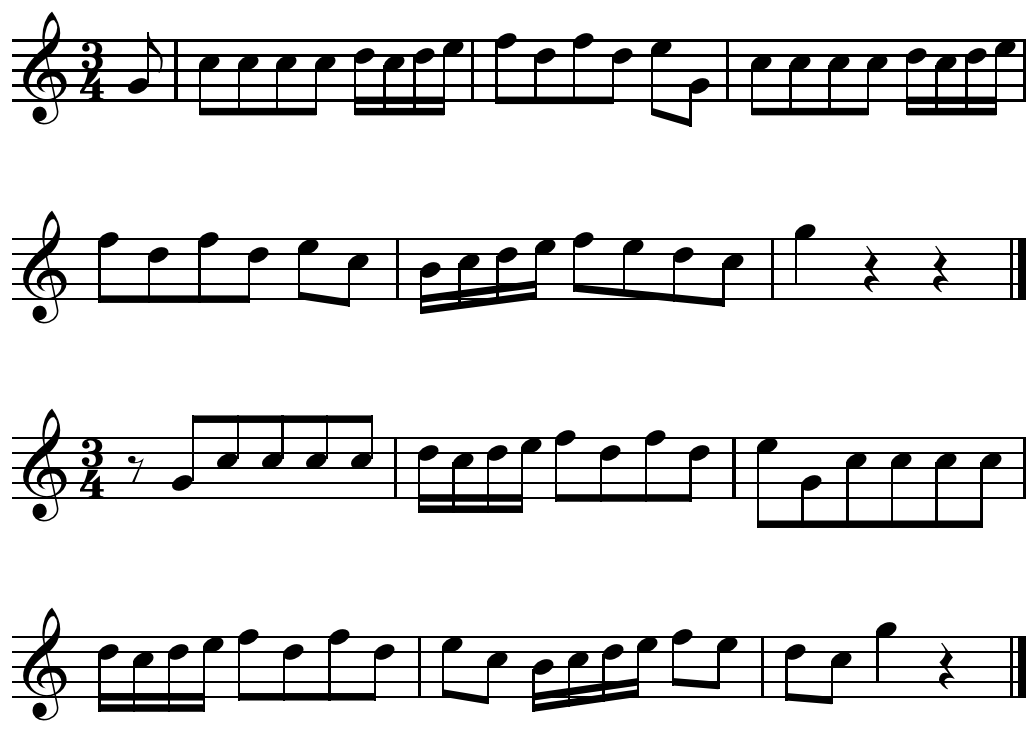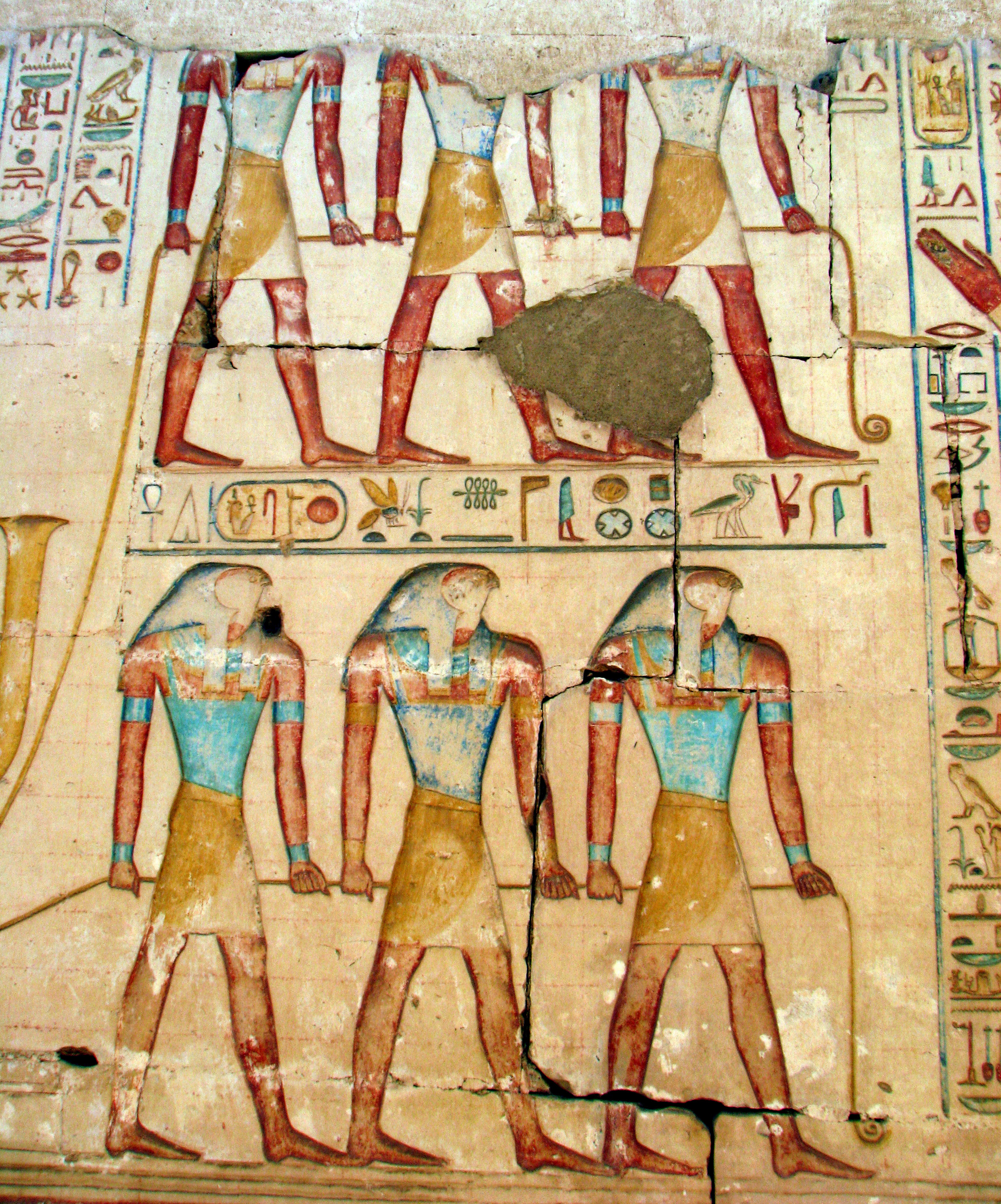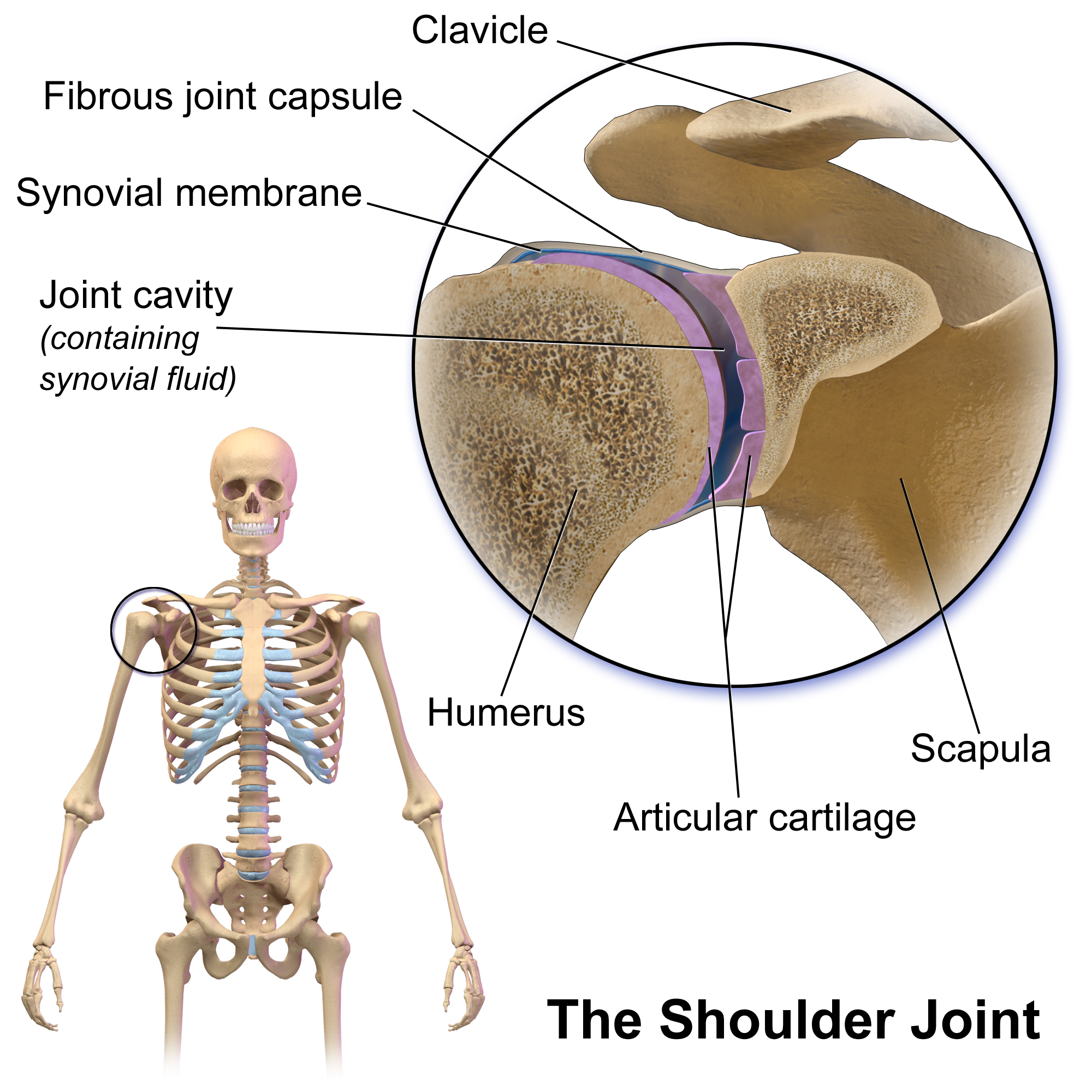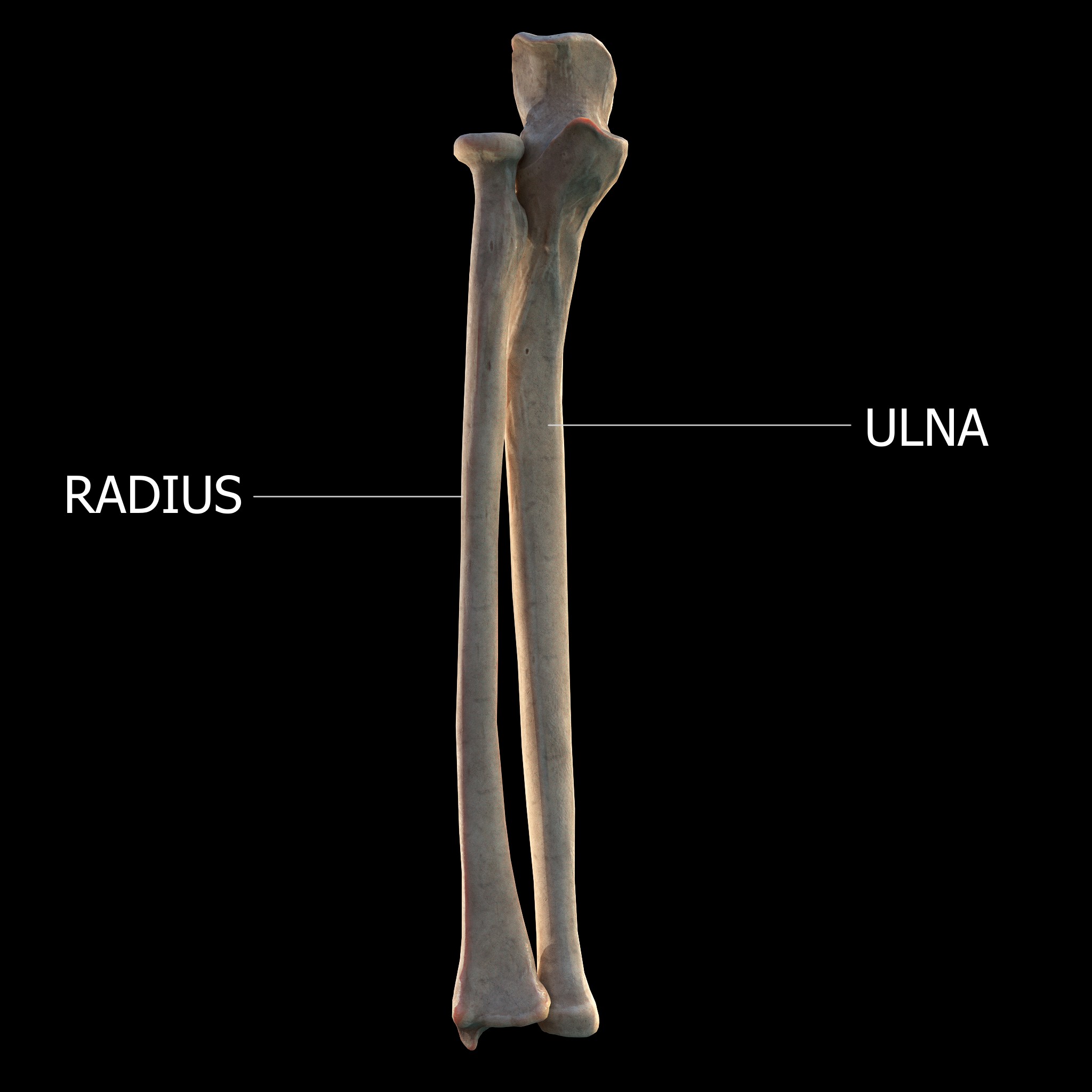|
Abby Whiteside
Abby Whiteside (Aug 27, 1881 Vermillion, South Dakota – Dec 10, 1956 Menlo Park, California) was an American piano teacher. She challenged the finger-centric approach of much classical piano teaching and instead advocated a holistic attitude in which the arm and torso are the conductors of a musical image conceived first in the mind. Life Whiteside majored in music at the University of South Dakota. After a period spent teaching at the University of Oregon, she studied in Germany with Rudolf Ganz. On returning to the United States and teaching first in Oregon and then New York City, she slowly developed the ideas for which she became known. Ideas The catalyst for the development of Whiteside's philosophy was the realisation that, as she wrote, "...the pupils in my studio played or didn't play, and that was that. The talented ones progressed, the others didn't--and I could do nothing about it." Whiteside praised the natural ability of the child prodigy and the jazz pianist, ... [...More Info...] [...Related Items...] OR: [Wikipedia] [Google] [Baidu] |
Whiteside
Whiteside may refer to: Places ;Australia * Whiteside, Queensland, suburb in the Moreton Bay Region, Queensland ;Canada * Whiteside, Nova Scotia ;United Kingdom * Whiteside (Lake District), a fell in the west of the English Lake District * Whiteside, a historic farm in Carrycoats estate in Northumberland * Whiteside in Thirlwall, Northumberland * Whiteside in Whalton, Northumberland * Whiteside, West Lothian, a village on the edge of Bathgate, Scotland ;United States * Whiteside County, Illinois, county in Illinois * Whiteside, Missouri, village in Lincoln County, Missouri * Whiteside, Tennessee, unincorporated place in Marion County, Tennessee * Whiteside Mountain, Jackson County, North Carolina Other uses * Whiteside (surname) See also * White Side, a fell in the east of the English Lake District *Whitesides Whitesides is an English surname. Notable people with the surname include: *Dan Whitesides (born 1977), American drummer * George M. Whitesides (born 1939), American ch ... [...More Info...] [...Related Items...] OR: [Wikipedia] [Google] [Baidu] |
Child Prodigy
A child prodigy is defined in psychology research literature as a person under the age of ten who produces meaningful output in some domain at the level of an adult expert. The term is also applied more broadly to young people who are extraordinarily talented in some field. The term ''Wunderkind'' (from German ''Wunderkind''; literally "wonder child") is sometimes used as a synonym for child prodigy, particularly in media accounts. ''Wunderkind'' also is used to recognize those who achieve success and acclaim early in their adult careers. Examples Memory capacity of prodigies PET scans performed on several mathematics prodigies have suggested that they think in terms of long-term working memory (LTWM). This memory, specific to a field of expertise, is capable of holding relevant information for extended periods, usually hours. For example, experienced waiters have been found to hold the orders of up to twenty customers in their heads while they serve them, but perform only ... [...More Info...] [...Related Items...] OR: [Wikipedia] [Google] [Baidu] |
Musical Phrasing
Musical phrasing is the method by which a musician shapes a sequence of notes in a passage of music to allow expression, much like when speaking English a phrase may be written identically but may be spoken differently, and is named for the interpretation of small units of time known as phrases (half of a period). A musician accomplishes this by interpreting the music—from memory or sheet music—by altering tone, tempo, dynamics, articulation, inflection, and other characteristics. Phrasing can emphasise a concept in the music or a message in the lyrics, or it can digress from the composer's intention, aspects of which are commonly indicated in musical notation called phrase marks or phrase markings. For example, accelerating the tempo or prolonging a note may add tension. Giuseppe Cambini—a composer, violinist, and music teacher of the Classical period—had this to say about bowed string instruments, specifically violin, phrasing: Intuitive and analytical p ... [...More Info...] [...Related Items...] OR: [Wikipedia] [Google] [Baidu] |
Rhythm
Rhythm (from Greek Greek may refer to: Greece Anything of, from, or related to Greece, a country in Southern Europe: *Greeks, an ethnic group. *Greek language, a branch of the Indo-European language family. **Proto-Greek language, the assumed last common ancestor ... , ''rhythmos'', "any regular recurring motion, symmetry#Symmetry in music, symmetry") generally means a "motion, movement marked by the regulated succession of strong and weak elements, or of opposite or different conditions". This general meaning of regular recurrence or pattern in time can apply to a wide variety of cyclical natural phenomena having a Frequency, periodicity or frequency of anything from microseconds to several seconds (as with the riff in a rock music song); to several minutes or hours, or, at the most extreme, even over many years. Rhythm is related to and distinguished from pulse, meter, and beats: In the performance arts, rhythm is the timing of events on a human scale; of music, musical ... [...More Info...] [...Related Items...] OR: [Wikipedia] [Google] [Baidu] |
Ring Finger
The ring finger, third finger, fourth finger, leech finger, or annulary is the fourth digit of the human hand, located between the middle finger and the little finger. Sometimes the term ring finger only refers to the fourth digit of a left-hand, so named for its traditional association with wedding rings in many societies, although not all use this digit as the ring finger. Traditionally, a wedding ring was worn only by the bride or wife, but in recent times more men also wear a wedding ring. It is also the custom in some societies to wear an engagement ring on the ring finger. In anatomy, the ring finger is called ''digitus medicinalis'', ''the fourth digit'', ''digitus annularis'', ''digitus quartus'', or ''digitus IV''. In Latin, the word ''anulus'' means "ring", ''digitus'' means "digit", and ''quartus'' means "fourth". Etymology The origin of the selection of the fourth digit as the ring finger is not definitively known. According to László A. Magyar, the names of t ... [...More Info...] [...Related Items...] OR: [Wikipedia] [Google] [Baidu] |
Humerus
The humerus (; ) is a long bone in the arm that runs from the shoulder to the elbow. It connects the scapula and the two bones of the lower arm, the radius and ulna, and consists of three sections. The humeral upper extremity consists of a rounded head, a narrow neck, and two short processes (tubercles, sometimes called tuberosities). The body is cylindrical in its upper portion, and more prismatic below. The lower extremity consists of 2 epicondyles, 2 processes (trochlea & capitulum), and 3 fossae (radial fossa, coronoid fossa, and olecranon fossa). As well as its true anatomical neck, the constriction below the greater and lesser tubercles of the humerus is referred to as its surgical neck due to its tendency to fracture, thus often becoming the focus of surgeons. Etymology The word "humerus" is derived from la, humerus, umerus meaning upper arm, shoulder, and is linguistically related to Gothic ''ams'' shoulder and Greek ''ōmos''. Structure Upper extremity The upper or pr ... [...More Info...] [...Related Items...] OR: [Wikipedia] [Google] [Baidu] |
Soul
In many religious and philosophical traditions, there is a belief that a soul is "the immaterial aspect or essence of a human being". Etymology The Modern English noun '':wikt:soul, soul'' is derived from Old English ''sāwol, sāwel''. The earliest attestations reported in the ''Oxford English Dictionary'' are from the 8th century. In King Alfred's translation of ''De Consolatione Philosophiae'', it is used to refer to the immaterial, spiritual, or thinking aspect of a person, as contrasted with the person's physical body; in the Vespasian Psalter 77.50, it means "life" or "animate existence". The Old English word is cognate with other historical Germanic languages, Germanic terms for the same idea, including Old Frisian ''sēle, sēl'' (which could also mean "salvation", or "solemn oath"), Gothic language, Gothic ''saiwala'', Old High German ''sēula, sēla'', Old Saxon ''sēola'', and Old Norse ''sāla''. Present-day cognates include Dutch ''ziel'' and German ''Seele''. Re ... [...More Info...] [...Related Items...] OR: [Wikipedia] [Google] [Baidu] |
Shoulder
The human shoulder is made up of three bones: the clavicle (collarbone), the scapula (shoulder blade), and the humerus (upper arm bone) as well as associated muscles, ligaments and tendons. The articulations between the bones of the shoulder make up the shoulder joints. The shoulder joint, also known as the glenohumeral joint, is the major joint of the shoulder, but can more broadly include the acromioclavicular joint. In human anatomy, the shoulder joint comprises the part of the body where the humerus attaches to the scapula, and the head sits in the glenoid cavity. The shoulder is the group of structures in the region of the joint. The shoulder joint is the main joint of the shoulder. It is a ball and socket joint that allows the arm to rotate in a circular fashion or to hinge out and up away from the body. The joint capsule is a soft tissue envelope that encircles the glenohumeral joint and attaches to the scapula, humerus, and head of the biceps. It is lined by a ... [...More Info...] [...Related Items...] OR: [Wikipedia] [Google] [Baidu] |
Upper Arm
In human anatomy, the arm refers to the upper limb in common usage, although academically the term specifically means the upper arm between the glenohumeral joint (shoulder joint) and the elbow joint. The distal part of the upper limb between the elbow and the radiocarpal joint (wrist joint) is known as the forearm or "lower" arm, and the extremity beyond the wrist is the hand. By anatomical definitions, the bones, ligaments and skeletal muscles of the shoulder girdle, as well as the axilla between them, is considered parts of the upper limb, and thus also components of the arm. The Latin term ''brachium'', which serves as a root word for naming many anatomical structures, may refer to either the upper limb as a whole or to the upper arm on its own. Anatomy Bones The humerus is one of the three long bones of the arm. It joins with the scapula at the shoulder joint and with the other long bones of the arm, the ulna and radius at the elbow joint. The elbow is a complex hinge ... [...More Info...] [...Related Items...] OR: [Wikipedia] [Google] [Baidu] |
Forearm
The forearm is the region of the upper limb between the elbow and the wrist. The term forearm is used in anatomy to distinguish it from the arm, a word which is most often used to describe the entire appendage of the upper limb, but which in anatomy, technically, means only the region of the upper arm, whereas the lower "arm" is called the forearm. It is homologous to the region of the leg that lies between the knee and the ankle joints, the crus. The forearm contains two long bones, the radius and the ulna, forming the two radioulnar joints. The interosseous membrane connects these bones. Ultimately, the forearm is covered by skin, the anterior surface usually being less hairy than the posterior surface. The forearm contains many muscles, including the flexors and extensors of the wrist, flexors and extensors of the digits, a flexor of the elbow ( brachioradialis), and pronators and supinators that turn the hand to face down or upwards, respectively. In cross-section, ... [...More Info...] [...Related Items...] OR: [Wikipedia] [Google] [Baidu] |
Wrist
In human anatomy, the wrist is variously defined as (1) the carpus or carpal bones, the complex of eight bones forming the proximal skeletal segment of the hand; "The wrist contains eight bones, roughly aligned in two rows, known as the carpal bones." (2) the wrist joint or radiocarpal joint, the joint between the radius and the carpus and; (3) the anatomical region surrounding the carpus including the distal parts of the bones of the forearm and the proximal parts of the metacarpus or five metacarpal bones and the series of joints between these bones, thus referred to as ''wrist joints''. "With the large number of bones composing the wrist (ulna, radius, eight carpas, and five metacarpals), it makes sense that there are many, many joints that make up the structure known as the wrist." This region also includes the carpal tunnel, the anatomical snuff box, bracelet lines, the flexor retinaculum, and the extensor retinaculum. As a consequence of these various definitions, fract ... [...More Info...] [...Related Items...] OR: [Wikipedia] [Google] [Baidu] |






